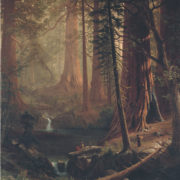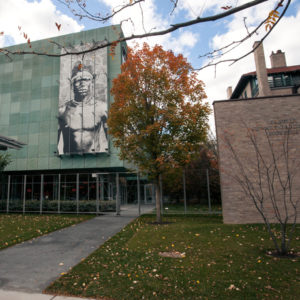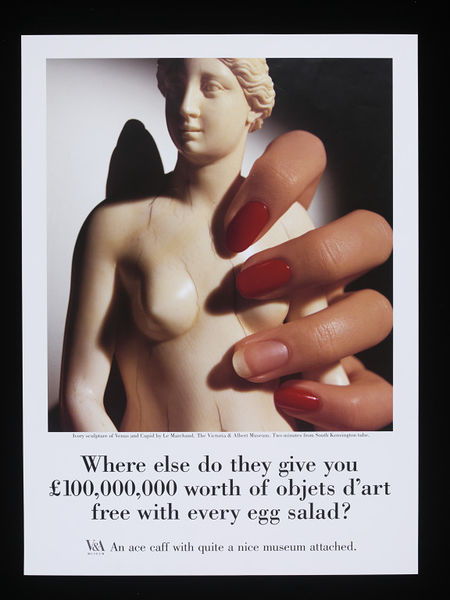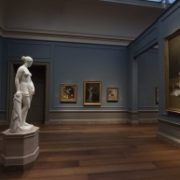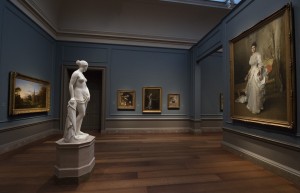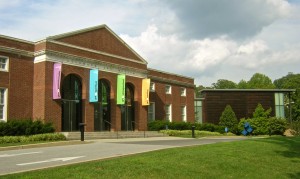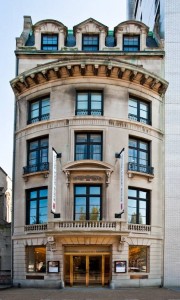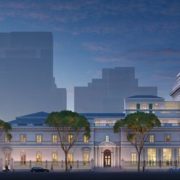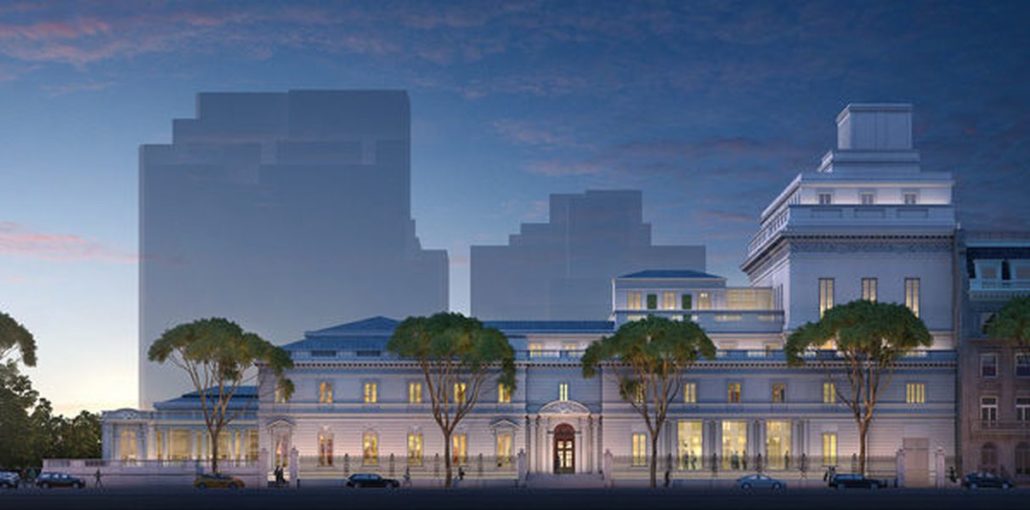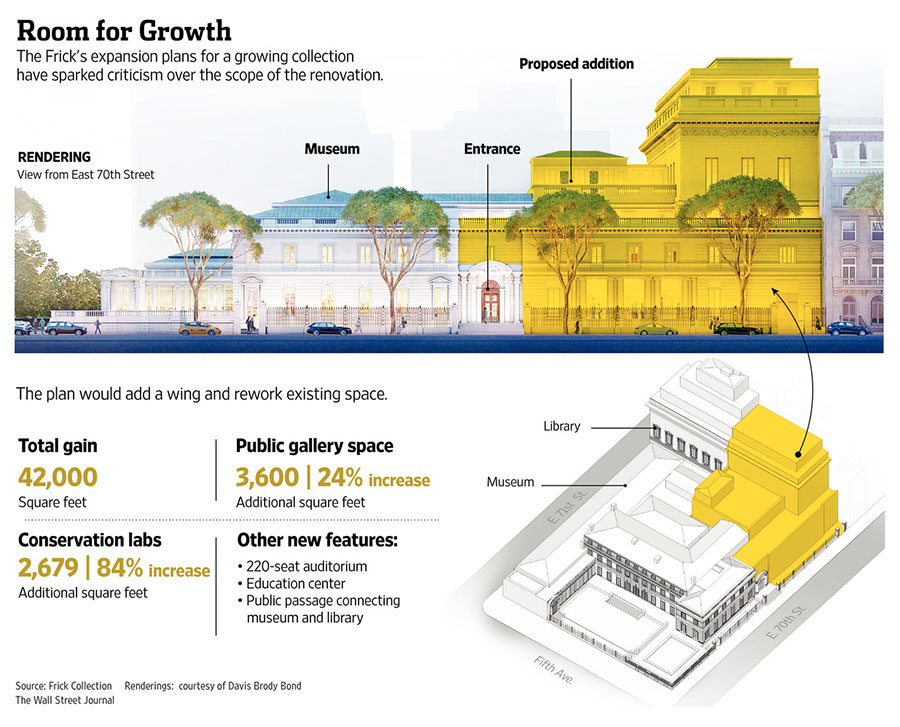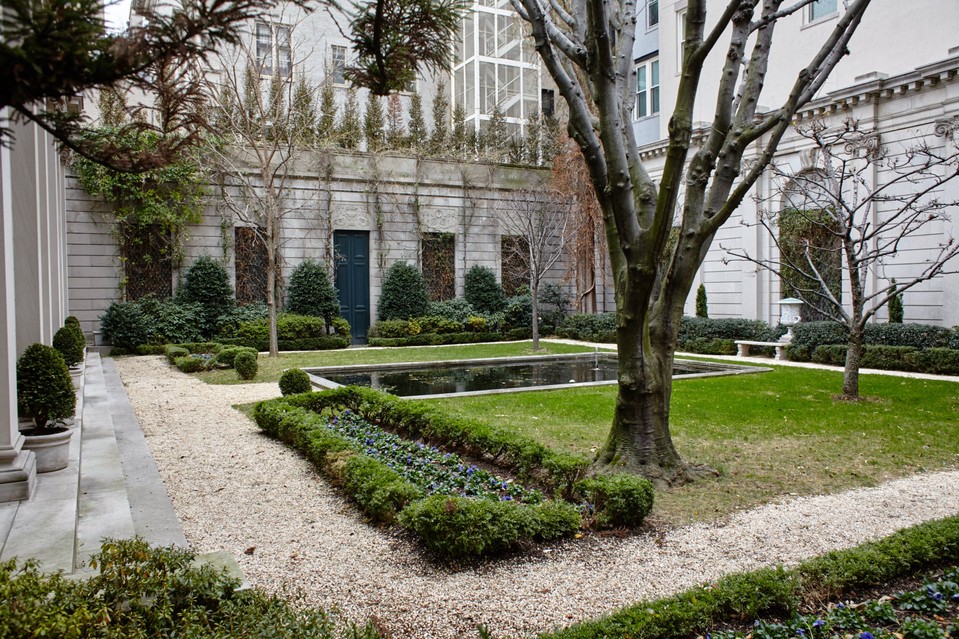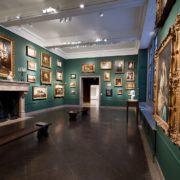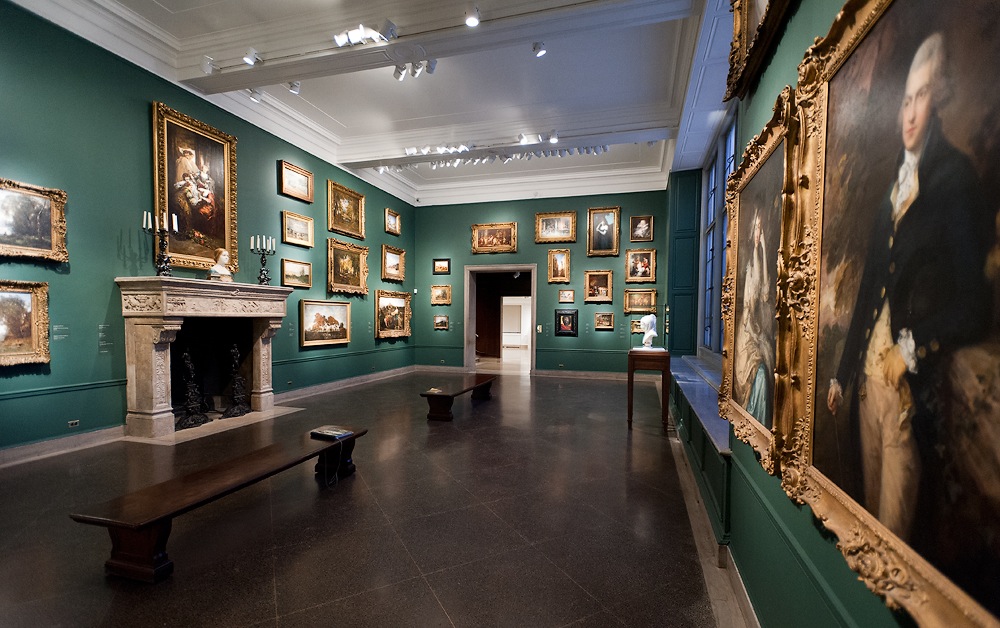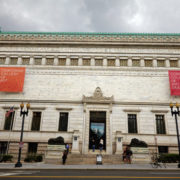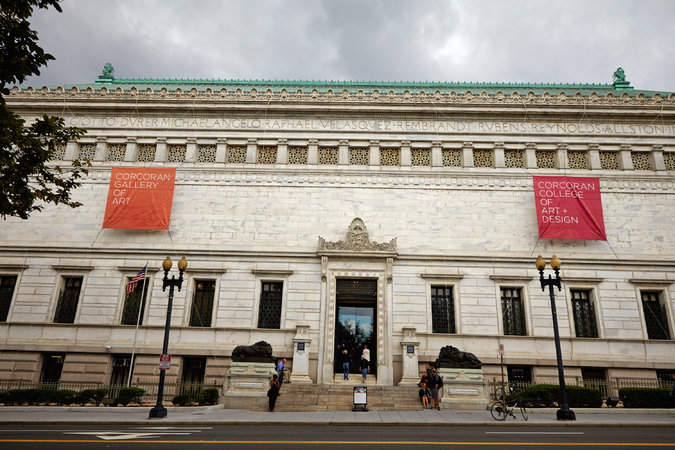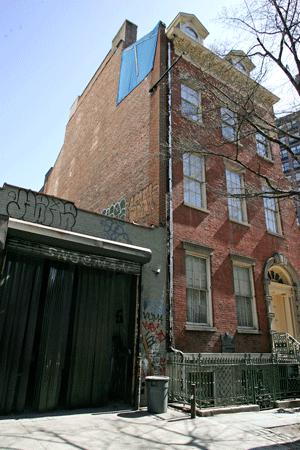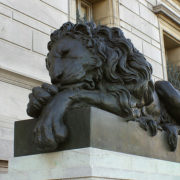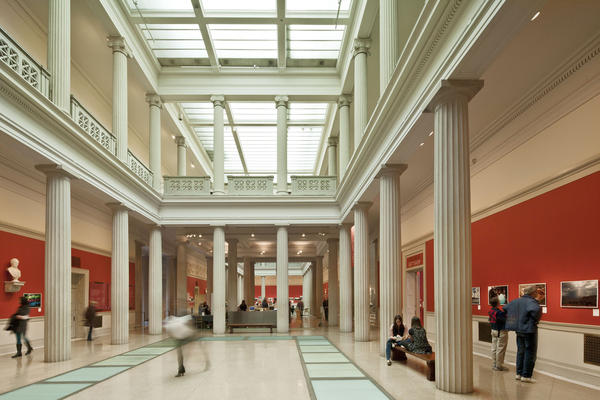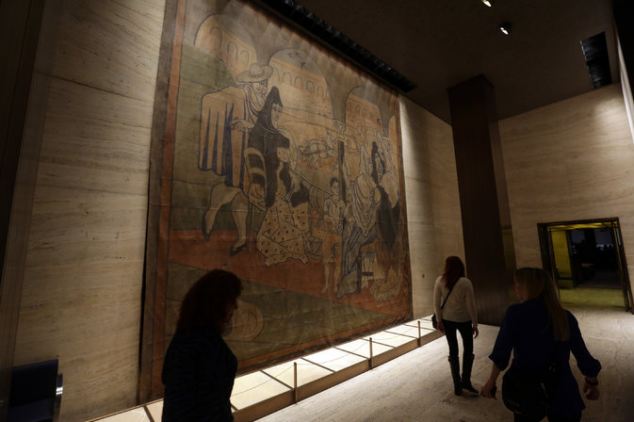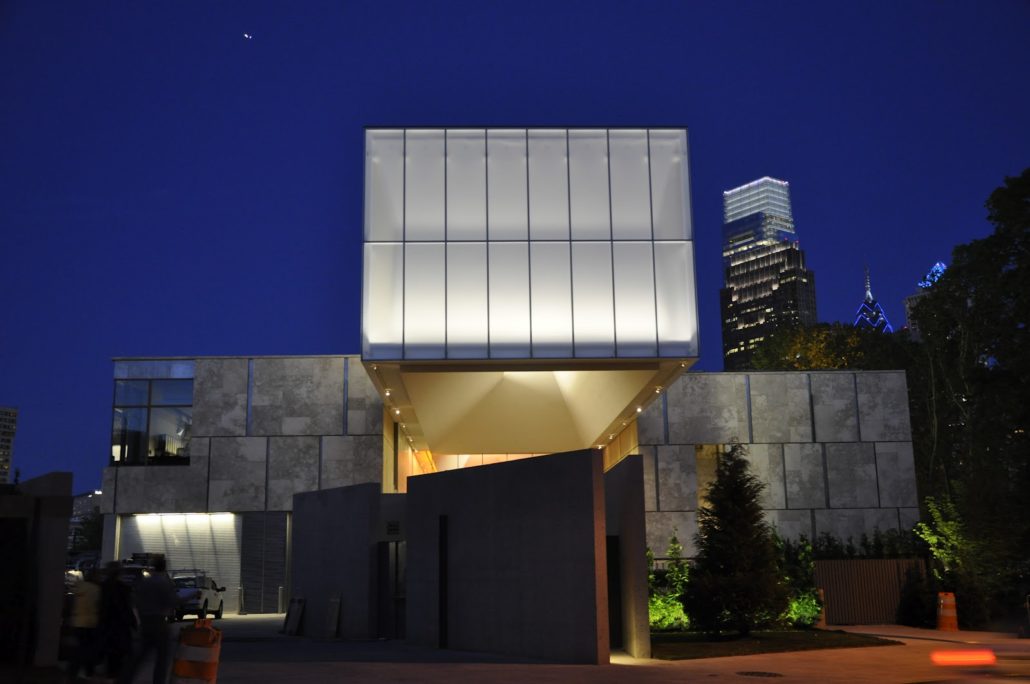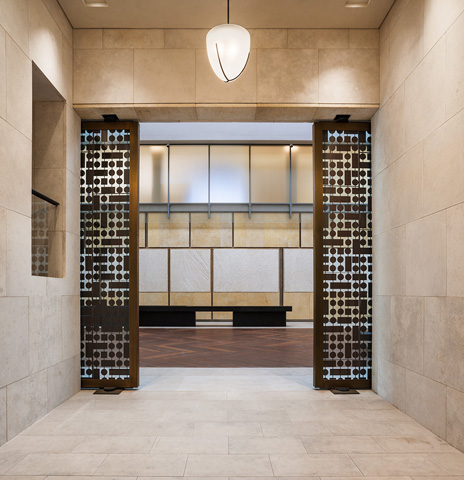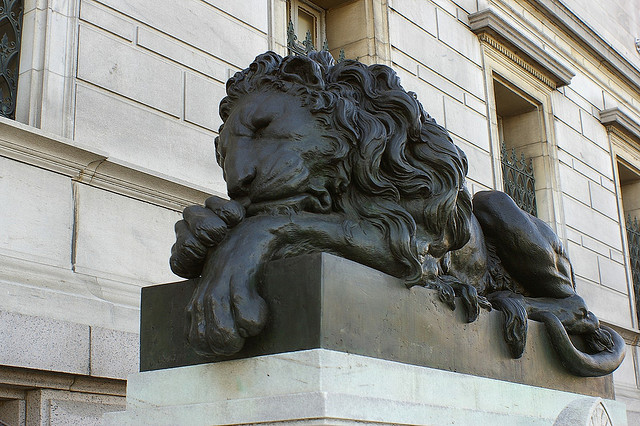Master Plan? Or Master Disaster? The Nation’s Arts Community Reacts to the Berkshire Museum’s Plan to Sell 40 Works.
Ruth Osborne
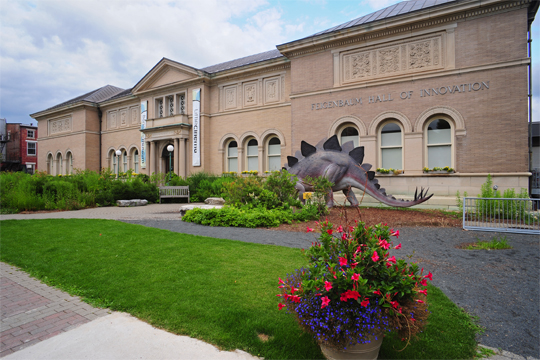
Berkshire Museum, Pittsfield, MA
The argument for museums and cultural institutions established by generations past to be more relevant to the needs of communities has been going on for years.
It appears when museums find themselves without the resources to keep the lights on or repair major structural damages to their historic buildings. When philanthropy and funding patterns change dramatically, and cultural institutions can’t keep up, do we say that we’re to blame for mismanaging a collection or its finances? Or do we make the art the scapegoat and throw it out instead of opening our eyes to its ability to connect with different areas of society – scientific discovery, warfare, political revolutions, racial discrimination, etc. – and visually magnify one’s understanding of society and of human development.
Another collection has recently come under fire – and rightly so – for planning to sell off FORTY works of art in its galleries in favor of a $20 mil renovation and $40 mil for its endowment. For this, the Berkshire Museum has received an appropriately negative reaction from the American Alliance of Museums for deaccessioning works of art in order to sell; AAM’s measure follows policies we’ve outlined in past posts regarding similar unfortunate occurrences at the Delaware Art Museum and the former Corcoran Gallery. If the art is noteworthy enough to produce that much expected revenue, how can it be thought beneficial to remove these works from their public? This recent story of the Berkshire has been covered in both local and national outlets, including news that the Museum has hired more outside consultants to deal with probing questions on its new plan.
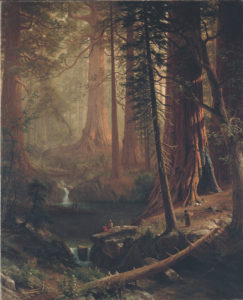
Albert Bierstadt, Giant Redwood Trees of California (1874). Courtesy: Google Art Project.
But ArtWatch would like to ask its readers if the sale of art by cultural institutions does not send the message that art – a visual expression of a cultural experiences – is not relevant to us today? The Berkshire Museum reportedly plans to shift their mission to focus on science and natural history. But what about the representation of human’s interaction with science and natural history as represented in works like Thomas Moran’s The Last Arrow, Albert Bierstadt’s Giant Redwood Trees of California, or even Saint-Gaudens’ bronze Diana of the Tower? Do not these landscapes convey to viewers the natural history of the American East and West, and the characters who lived in, battled with, studied, and fought to battles to preserve it? Or what about the ways sculptors throughout history learned about the scientific properties of metals and manipulated them into form? Laura Norton Moffatt, director of the Normal Rockwell Museum for 30+ years, concurs, saying in a recent op-ed in the Berkshire Eagle that “artworks and natural artifacts are not mutually exclusive, but mutually enriching”. What about the ways Pieter de Hooch’s Music Party or Rockwell’s Blacksmith’s Boy – Heel and Toe convey lively scenes of everyday life that capture human culture and craftsmanship in ways a violin or blacksmith’s anvil standing alone cannot?

